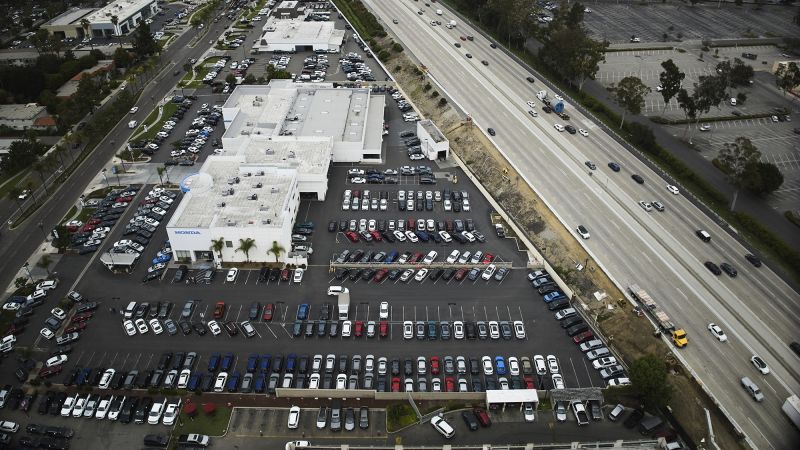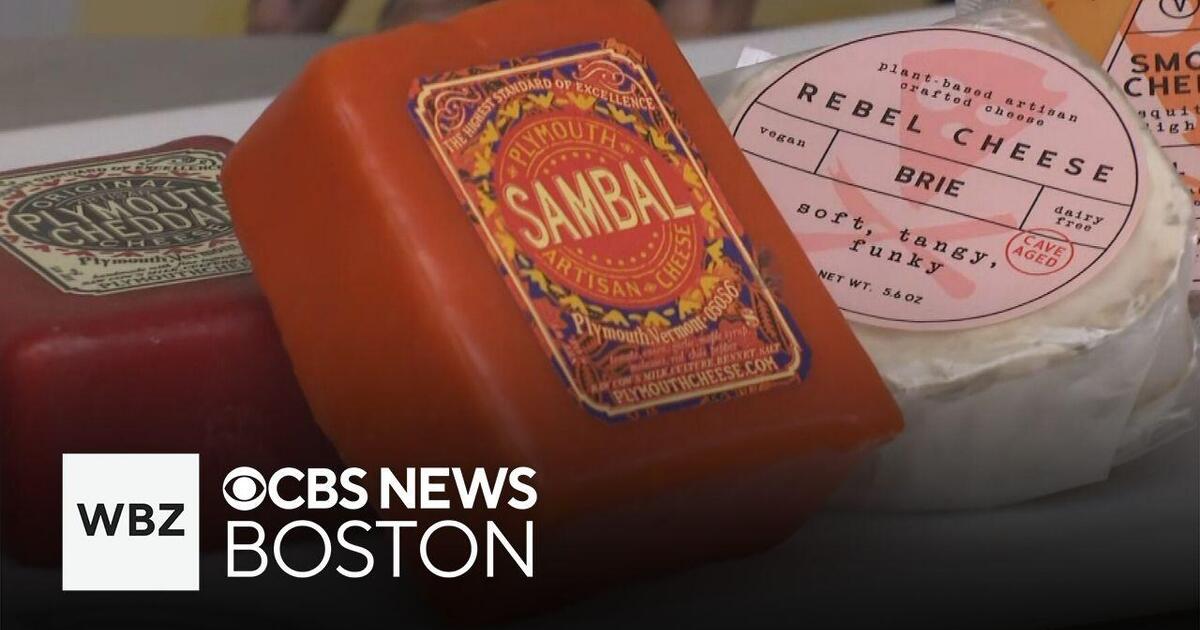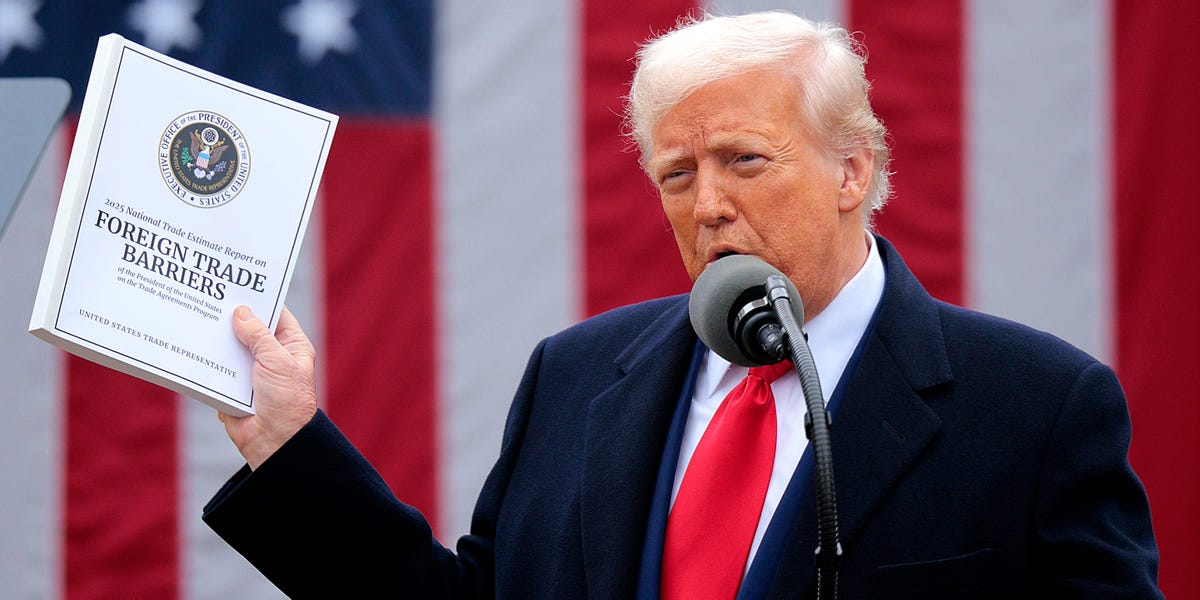Cute Creator Crisis: How Trade Wars Are Crushing Influencer Merch Markets
Business
2025-04-22 16:04:46Content
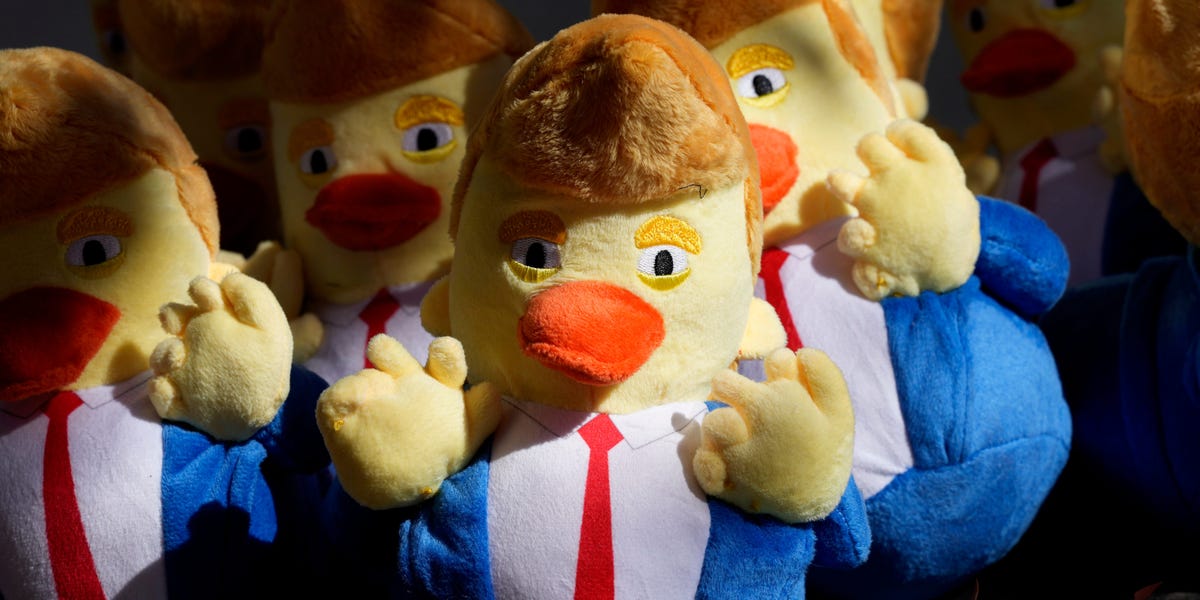
Plush Toy Lovers Brace for Impact: Trade War Threatens Affordable Collectibles
The ongoing trade tensions between the United States and China are casting a shadow over the beloved world of plush toy collectors. Influencers and fans are growing increasingly anxious as potential tariffs threaten to drive up the prices of their cherished "plushies" to unsustainable levels.
The soft, cuddly collectibles that bring joy to millions could soon become luxury items, with rising trade barriers potentially making these adorable companions significantly more expensive. Passionate collectors and social media influencers are watching the situation closely, worried that their favorite hobby might become financially out of reach.
As negotiations continue and tariffs loom, the plush toy market hangs in a delicate balance, with fans hoping for a resolution that will keep their beloved plushies affordable and accessible to enthusiasts of all ages.
Plush Toy Apocalypse: How Trade Tensions Are Reshaping the Collectible Landscape
In the intricate world of global commerce, an unexpected battlefield has emerged where soft, cuddly companions are becoming casualties of geopolitical tensions. The ongoing trade war between the United States and China is sending shockwaves through the collectible plush toy market, threatening the delicate ecosystem of enthusiasts, manufacturers, and retailers who have long relied on cross-border manufacturing and distribution.Unraveling the Threads of Economic Uncertainty
The Global Plush Toy Manufacturing Ecosystem
The plush toy industry represents a complex global network of manufacturers, designers, and distributors who have traditionally leveraged China's robust manufacturing capabilities. Historically, Chinese factories have been the primary source for producing intricate, high-quality plush toys at competitive prices. However, escalating trade tensions have introduced unprecedented challenges that are fundamentally transforming this delicate economic landscape. Manufacturers are now confronting significant economic pressures as tariffs dramatically increase production costs. These additional expenses cannot be absorbed entirely by producers and are inevitably passed down to consumers, potentially pricing beloved collectible items out of reach for passionate enthusiasts.Economic Ripple Effects on Collector Communities
Plush toy collectors, a passionate and dedicated community, are experiencing profound disruptions in their collecting ecosystems. The potential price increases threaten to create significant barriers to entry for new collectors and strain the budgets of existing enthusiasts. The economic implications extend beyond mere pricing. Collectors who have built intricate networks of international trading and exchange are now facing unprecedented logistical and financial challenges. The once-seamless global marketplace for plush collectibles is becoming fragmented and increasingly complex.Technological Innovation and Manufacturing Adaptation
In response to these challenges, manufacturers are exploring innovative strategies to mitigate economic pressures. Some are investigating alternative manufacturing locations, developing more efficient production techniques, and leveraging advanced technologies to reduce overall production costs. Artificial intelligence and advanced robotics are emerging as potential game-changers, offering opportunities to streamline manufacturing processes and potentially offset the economic impact of trade tensions. These technological interventions could represent a critical lifeline for an industry facing significant disruption.Consumer Behavior and Market Transformation
The ongoing trade tensions are compelling consumers to reevaluate their purchasing behaviors. Collectors are becoming more discerning, prioritizing quality and authenticity over quantity. This shift is driving a more sophisticated market where value and craftsmanship take precedence over mass production. Emerging market trends suggest a potential renaissance in locally produced and artisanal plush toys. Small-scale manufacturers and independent designers might find unique opportunities to capture market share by offering distinctive, high-quality alternatives to mass-produced collectibles.Future Outlook and Strategic Considerations
The plush toy industry stands at a critical juncture, with ongoing trade tensions serving as a catalyst for fundamental transformation. Stakeholders must remain agile, embracing innovation and exploring creative solutions to navigate this complex economic landscape. Successful adaptation will require collaboration across manufacturing, design, and distribution sectors. Those who can effectively balance economic constraints with consumer expectations will be best positioned to thrive in this evolving marketplace.RELATED NEWS
Business

Wall Street Hammers Hims & Hers: Weight Loss Woes Trigger Dramatic Stock Plunge
2025-02-25 15:56:56
Business
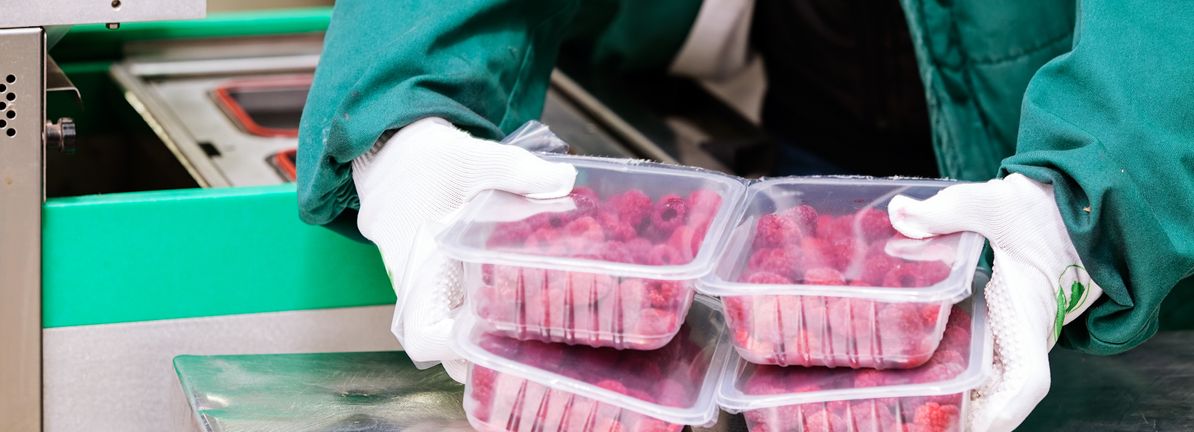
Navigating Choppy Waters: Alpha Ocean Resources Berhad's Critical Growth Crossroads
2025-02-22 00:39:33
Business

From Charcuterie to Climbing Walls: NJ's Hottest New Entrepreneurial Ventures
2025-02-17 09:16:29
